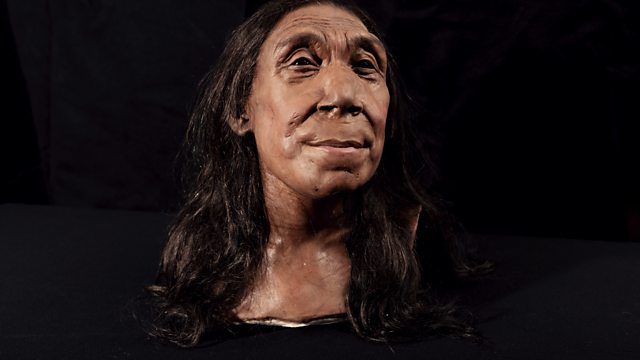Reconstructed Neanderthal woman gives clues to our past
Researchers have been re-assessing their understanding of Neanderthals thanks to the reconstruction of remains found in a cave in Iraqi Kurdistan.
What would it be like to meet one of our closest relatives from 75,000 years ago in the flesh?
Scientists have produced a remarkable reconstruction of what a Neanderthal woman would have looked like when she was alive.
Researchers have been re-assessing their understanding of Neanderthals thanks to the reconstruction of remains found in a cave in Iraqi Kurdistan. The crushed skeleton of a female was found in the cave but has been meticulously excavated and put back together like a jigsaw. A life-like impression of what the woman, named by the researches as Shanidar Z, might have looked like, has also been made.
Dr Emma Pomeroy, professor in the Evolution of Health, Diet and Disease at the University of Cambridge, was one of the scientists who reconstructed the skull. She told Newsday what this latest discovery can tell us about how Neanderthals lived.
"Just to reconstruct the skull was a huge challenge. It was completely crushed," she says.
"When Neanderthals were first identified, there was this idea that they were your archetypal cavemen, not very intelligent, and not capable of things like compassion and more complex emotions. But in more recent years, that idea has been challenged... The new finds help us understand their capacity for compassion, and how they might have dealt with death."
(Image: A reconstruction created by scientists of what a Neanderthal woman might have looked like. Credit: Jamie Simonds / PA)
Duration:
This clip is from
More clips from Newsday
-
![]()
Liam Payne: Fans mourn death of One Direction singer
Duration: 03:35
-
![]()
Sudan's footballers provide 'joy amongst the chaos'
Duration: 04:00






